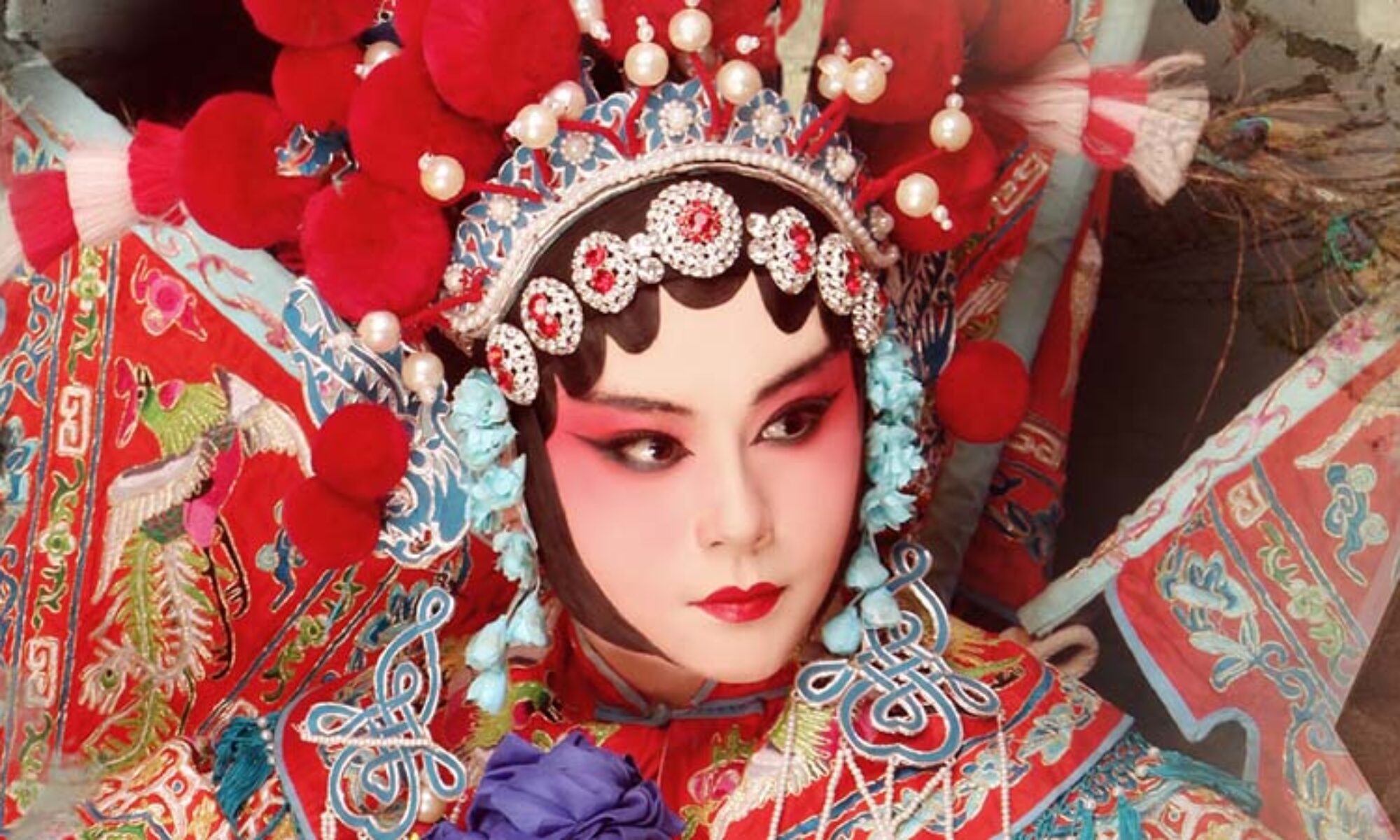
Lion Dance: A Mesmerizing Cultural Performance Brimming with Symbolism and Tradition
Lion dance is a stimulating and captivating performance that occupies an important place in various cultural festivals and celebrations around the world. In this dynamic dance form, dancers wear bright lion costumes that mimic the majestic movements of lions, which symbolize good luck, prosperity, and the banishment of evil spirits. With its rich history and enchanting charm, the lion dance continues to captivate audiences and bring joy and celebration to the community.
The origins of lion dance go back centuries, mainly in Chinese and Southeast Asian cultures. Believed to be inspired by ancient myths and folklore, the lion represents a powerful being with the ability to protect and bring prosperity. Over time, lion dance has been associated with important occasions such as the Chinese New Year, weddings, store openings, and other auspicious occasions.
A lion dance is a carefully choreographed performance in which a team of dancers perform the movements and characteristics of a lion in perfect harmony. The lion’s costume itself is a work of art, usually made with intricate patterns and bright colors, often with ornate decorations such as feathers, mirrors and ribbons. This costume is worn by two of his dancers, one controlling the head and the other manipulating his body to create the seamless illusion of a moving lion.
As the lion dance begins, the dancers synchronize their movements to gracefully portray the lion’s agility, strength and playfulness. Imitating the lion’s movements of perching, jumping and rolling to the sound of lively music and drums, cymbals and gongs. The dancers demonstrate their acrobatic skills jumping and balancing on poles, demonstrating the lion’s agility and flexibility.
Lion dance has deep symbolism and superstition, which contribute to its popularity and importance. The lion is considered a symbol of courage, wisdom and power, and its presence is said to bring good luck, prosperity and good fortune. The bright colors of a lion’s costume, often red and gold, symbolize good luck and wealth. The loud sounds of firecrackers and drums produced during the dance are believed to ward off evil spirits and bring blessings to the community.
A lion dance performance is not only a visual spectacle, but also a community experience. They bring people together and promote a sense of togetherness and festivity. Cheers, applause, and the festive energy and lively atmosphere of the venue create a joyful atmosphere that envelops everyone. Both children and adults are looking forward to the lion dance that signals the beginning of the festival, and you can feel the excitement and anticipation. Although lion dance originated in East Asia, its popularity has spread around the world thanks to cultural exchanges and diaspora communities. There are now lion dance groups in various countries, presenting this vibrant art form to different audiences. Efforts are made to preserve and promote the tradition through lion dance competitions, workshops and performances to ensure that its legacy is preserved for future generations.
Lion dance is a captivating dance that embodies the spirit of celebration, happiness and warding off evil. His graceful movements, vivid costumes, and energetic performances create an immersive experience for both participants and audience. Across cultural boundaries, lion dance continues to be an integral part of festivals and celebrations around the world, uniting communities and instilling a sense of joy, happiness and tradition.
